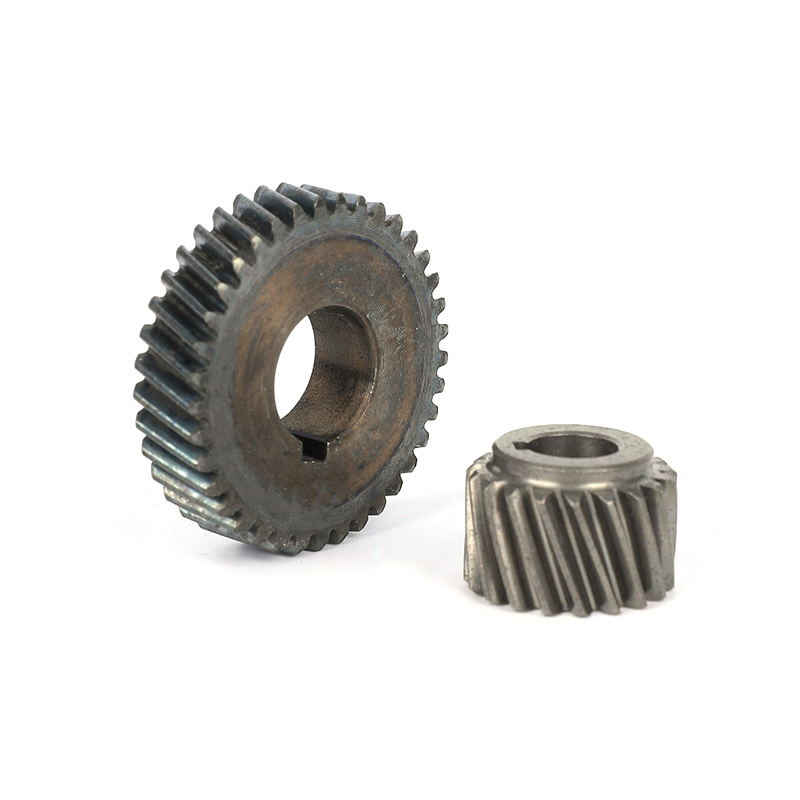- Home
- Products
- About Us
- Application
- News
- Contact Us
Web Menu
- Home
- Products
- About Us
- Application
- News
- Contact Us
Product Search
Exit Menu
The Pivotal Role of Gears in Power Tool Engineering
Wholesale Custom Gear For Power Tools Manufacturer Factory
In the realm of power tools, the precision and reliability of these machines are often attributed to a crucial component: Gear For Power Tools. From the smallest screwdriver to the most powerful drill, gears are the driving force behind their efficiency and durability.

The design of Gear For Power Tools is a complex process that requires meticulous engineering and an understanding of mechanical principles. Each gear must be crafted to exacting specifications to ensure that it meshes seamlessly with other gears within the tool, transferring power and motion with minimal loss. This precision is essential for maintaining the tool's torque and speed, which are critical factors in productivity and user satisfaction.
One of the primary benefits of incorporating high-quality Gear For Power Tools into the design is the enhancement of tool longevity. By distributing the forces evenly across the gears, wear and tear are minimized, leading to fewer breakdowns and a longer service life. This is particularly important in professional settings where tools are subjected to continuous and heavy use.
Efficiency is another area where Gear For Power Tools shines. They allow for the conversion of electrical energy into mechanical work with remarkable efficiency, translating into faster work completion times and reduced energy consumption. This is not just beneficial for the environment but also for the bottom line of businesses that rely on power tools for their operations.
The versatility of Gear For Power Tools is also noteworthy. They can be found in a variety of configurations, from simple reduction gears that slow down the motor speed to increase torque to complex planetary gear systems that provide multiple speed and torque options. This adaptability allows manufacturers to design power tools that cater to a wide range of applications, from precision work to heavy-duty tasks.
In the manufacturing process, the focus on Gear For Power Tools extends beyond mere functionality. Aesthetics and ergonomics are also considered, as the design of the gears can impact the overall balance and feel of the tool. Users often appreciate tools that are comfortable to handle and operate, and the placement and design of gears can contribute to this user experience.
Maintenance and repair are further aspects where Gear For Power Tools play a significant role. Easy-to-replace gears can reduce downtime and maintenance costs, which is a critical consideration for both consumers and professionals alike. By ensuring that gears are accessible and durable, manufacturers can offer tools that are not only reliable but also cost-effective in the long run.
Gear For Power Tools are more than just components; they are the cornerstone of power tool design. They contribute to efficiency, durability, versatility, and user experience, making them an essential focus for manufacturers aiming to produce high-performing tools. As the demand for advanced power tools continues to grow, so does the importance of Gear For Power Tools in meeting these needs and exceeding expectations. By refining the design and materials of these gears, we can expect power tools to become even more efficient and reliable, further enhancing their indispensable status in the workshop and on the job site.
-
Add: 1st Floor, No. 2, Huanan Road, Zhengcun, Economic Development Zone, Yongkang City, Zhejiang Province, China
-
Tel: +86-0579-87133113
-
E-mail: [email protected]

 English
English русский
русский Español
Español